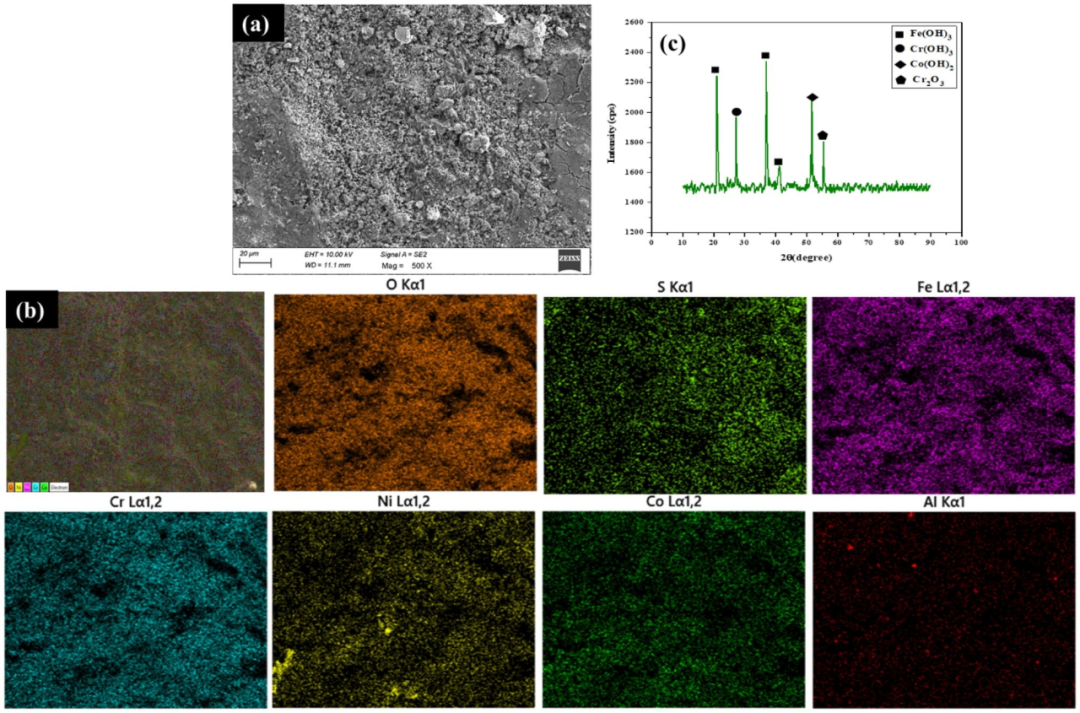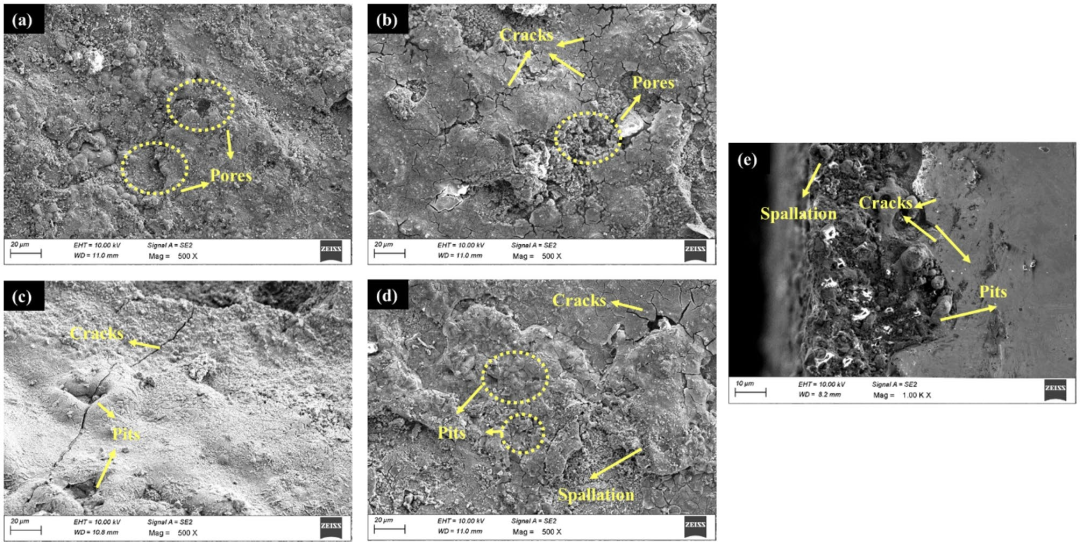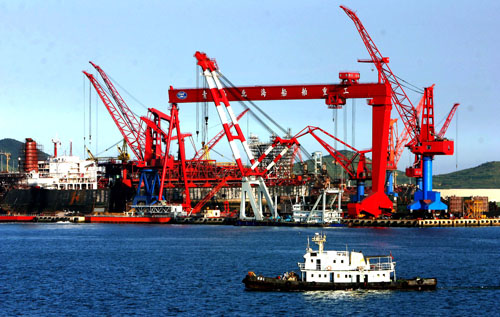1. Salleh, S. Z. et al. Plant extracts as green corrosion inhibitor for ferrous metal alloys: A review. J. Clean Prod. 304, 127030 (2021).
2. Yoon, K. N. et al. A new class of light-weight metastable high entropy alloy with high strength and large ductility. Materialia (Oxf) 21, 1 (2022).
3. Alshataif, Y. A., Sivasankaran, S., Al-Mufadi, F. A., Alaboodi, A. S. & Ammar, H. R. Manufacturing methods, microstructural and mechanical properties evolutions of high-entropy alloys: A review. Met. Mater. Int. 26(8), 1099–1133 (2020).
4. Miracle, D. B. & Senkov, O. N. A critical review of high entropy alloys and related concepts. Acta Mater. 122, 448–511 (2017).
5. Kaushik, N., Meena, A. & Mali, H. S. High entropy alloy synthesis, characterisation, manufacturing & potential applications: A review. Mater. Manuf. Process. 37(10), 1085–1109 (2022).
6. Chiu, S. M. et al. Investigation of phase constitution and stability of gas-atomized Al0.5CoCrFeNi2 high-entropy alloy powders. Mater. Chem. Phys. 275, 1294 (2022).
7. Arif, Z. U. et al. A review on laser cladding of high-entropy alloys, their recent trends and potential applications. J. Manuf. Process.68, 225–273 (2021).
8. Krishna, S. A., Noble, N., Radhika, N. & Saleh, B. A comprehensive review on advances in high entropy alloys: Fabrication and surface modifcation methods, properties, applications, and future prospects. J Manuf Process 109, 583–606 (2024).
9. Fathi, R. et al. Past and present of functionally graded coatings: Advancements and future challenges. Appl. Mater. Today 26, 101373
(2022).
10. Udhayakumar, M., Radhika, N. & Arun, K. L. A comprehensive review on nanocrystalline coatings: Properties, challenges and applications. J. Bio- and Tribo-Corros. 8(3), 1–23 (2022).
11. Sathish, M., Radhika, N. & Saleh, B. Current status, challenges, and future prospects of thin flm coating techniques and coating structures. J. Bio- and Tribo-Corros. 9(2), 1–36 (2023).
12. Jiang, X. Y. et al. Efect of high-enthalpy atmospheric plasma spraying parameters on the mechanical and wear resistant properties of alumina ceramic coatings. Surf. Coat. Technol. 418, 127193 (2021).
13. Yang, K. et al. In-situ fabrication of amorphous/eutectic Al2O3–YAG ceramic composite coating via atmospheric plasma spraying. J. Eur. Ceram. Soc. 36(16), 4261–4267 (2016).
14. An, Y. et al. Mechanical and tribological properties of nano/micro composite alumina coatings fabricated by atmospheric plasma spraying. Ceram. Int. 43(6), 5319–5328 (2017).
15. Patel, P. et al. Microstructural and tribological behavior of thermal spray CrMnFeCoNi high entropy alloy coatings. J. Term. Spray Technol. 31(4), 1285–1301 (2022).
16. Nayebpashaee, N., Seyedein, S. H., Aboutalebi, M. R., Sarpoolaky, H. & Hadavi, S. M. M. Finite element simulation of residual stress and failure mechanism in plasma sprayed thermal barrier coatings using actual microstructure as the representative volume. Surf. Coat Technol. 291, 103–114 (2016).
17. Zhou, C. et al. Improvement of corrosion resistance of SS316L manufactured by selective laser melting through subcritical annealing. Corros. Sci. 164, 108353 (2020).
18. di Girolamo, G., Blasi, C., Pagnotta, L. & Schioppa, M. Phase evolution and thermophysical properties of plasma sprayed thick zirconia coatings afer annealing. Ceram Int. 36(8), 2273–2280 (2010).
19. Goyal, R., Sidhu, B. S. & Chawla, V. Improving the high-temperature oxidation resistance of ASME-SA213-T11 boiler tube steel by plasma spraying with CNT-reinforced alumina coatings. Anti-Corros. Methods Mater. 65(2), 217–223 (2018).
20. Reddy, M. S., Prasad, C. D., Patil, P., Ramesh, M. R. & Rao, N. Hot corrosion behavior of plasma-sprayed NiCrAlY/TiO2 and NiCrAlY/Cr2O3/YSZ cermets coatings on alloy steel. Surfaces Interfaces 22, 100810 (2021).
21. Singh, G., Goyal, K. & Bhatia, R. Hot corrosion studies of plasma-sprayed chromium oxide coatings on boiler tube steel at 850 °C in simulated boiler environment. Iran. J. Sci. Technol. – Trans. Mech. Eng. 42(2), 149–159 (2018).
22. Singh, G., Kumar, S. & Kumar, R. Comparative study of hot corrosion behavior of thermal sprayed alumina and titanium oxide reinforced alumina coatings on boiler steel. Mater. Res. Express 7(2), 026527 (2020).
23. Dunkley, J. J. Metal powder atomisation methods for modern manufacturing. Johnson Matthey Technol. Rev. 63(3), 226–232 (2019).
24. Zhang, G. et al. Research progress of atomisation and forming technology of high performance metallic materials. J. Aeronaut. Mater. 40(3), 95–109 (2020).
25. Wu, Z. X. et al. Efects of annealing on the microstructures and wear resistance of CoCrFeNiMn high-entropy alloy coatings. J. Term. Spray Technol. 31(4), 1244–1251 (2022).
26. Wang, L. et al. Microstructure evolution and mechanical properties of atmosphere plasma sprayed AlCoCrFeNi high-entropy alloy coatings under post-annealing. J Alloys Compd 872, 159607 (2021).
27. Vo, T. D. et al. Efects of oxidation on friction and wear properties of eutectic high-entropy alloy AlCoCrFeNi21. Tribol. Int. 160, 107017 (2021).
28. Lehtonen, J. et al. Phase structures of gas atomized equiatomic CrFeNiMn high entropy alloy powder. J. Alloys Compd. 827, 1 (2020).
29. Mandal, S., Sadeghianjahromi, A. & Wang, C. C. Experimental and numerical investigations on Molten metal atomization techniques—A critical review. Advanced Powder Technology 33(11), 103809 (2022).
30. Noble, N., Radhika, N., Sathishkumar, M., & Basak, A. K. Slurry erosion behaviour of AlCoCrFeNi high entropy alloy coating prepared by atmospheric plasma spraying. Trans. IMF (2024).
31. Chen, L. Y. et al. Phase interaction induced texture in a plasma sprayed-remelted NiCrBSi coating during solidifcation: An electron backscatter difraction study. Surf. Coat Technol. 358, 467–480 (2019).
32. Chong, Z. et al. Laser remelting induces grain refnement and properties enhancement in high-speed laser cladding AlCoCrFeNi high-entropy alloy coatings. Intermetallics (Barking) 150, 107686 (2022).
33. Xu, Y. et al. Solid-state cold spraying of FeCoCrNiMn high-entropy alloy: An insight into microstructure evolution and oxidation behavior at 700–900 °C. J. Mater. Sci. Technol. 68, 172–183 (2021).
34. Löbel, M. et al. Microstructure and wear behavior of the high-velocity-oxygen-fuel sprayed and spark plasma sintered high-entropy alloy AlCrFeCoNi. Adv. Eng. Mater. 23(4), 2001253 (2021).
35. Noble, N., Radhika, N., Sathishkumar, M. & Saleh, B. Characterisation and property evaluation of high entropy alloy coating on 316L steel via thermal spray synthesis. Tribol. Int. 185, 108525 (2023).
36. Xiao, J. K., Wu, Y. Q., Chen, J. & Zhang, C. Microstructure and tribological properties of plasma sprayed FeCoNiCrSiAlx high entropy alloy coatings. Wear 448–449, 203209 (2020).
37. Darweesh, S. Y., Ali, A. M., Khodair, Z. T. & Majeed, Z. N. Te efect of some physical and mechanical properties of cermet coating on petroleum pipes prepared by thermal spray method. J. Failure Anal. Prevent. 19(6), 1726–1738 (2019).
38. Radhika, N., Krishna, S. A., Basak, A. K. & Adediran, A. A. Microstructure and tribological behaviour of CoCrCuFeTi high entropy alloy reinforced SS304 through friction stir processing. Sci. Rep. 14(1), 1–14 (2024).
39. Senthilvasan, P. A. & Rangarajan, M. Corrosion protection of mild steel by graphene-based flms. Mater. Res. Express 5(8), 085020 (2018).
40. Shi, Y., Yang, B. & Liaw, P. K. Corrosion-resistant high-entropy alloys: A review. Metals 7, 43 (2017).
41. Qiu, Y., Tomas, S., Gibson, M. A., Fraser, H. L. & Birbilis, N. Corrosion of high entropy alloys. NPJ Mater. Degrad. 1(1), 1–18 (2017).
42. Nair, A. R. et al. Potentiodynamic corrosion studies on laser beam welded austenitic stainless steel AISI 321. IOP Conf. Ser. Mater. Sci. Eng. 263(6), 062031 (2017).
43. Krishna, S. A., Radhika, N., Saleh, B. & Manivannan, S. Microstructural mechanical and corrosion properties of SS304/HEA surface layer produced by friction stir processing. J. Alloys Compd. 953, 170153 (2023).
44. Xing, B. et al. Corrosion resistance and passivation behavior of CoCrFeNi-TiAl high-entropy alloy coatings in acidic solutions. J. Term. Spray Technol. 31(5), 1673–1682 (2022).
45. Lee, C. P., Chang, C. C., Chen, Y. Y., Yeh, J. W. & Shih, H. C. Efect of the aluminium content of AlxCrFe1.5MnNi0.5 high-entropy alloys on the corrosion behaviour in aqueous environments. Corros. Sci. 50(7), 2053–2060 (2008).
46. Nimmervoll, M., Schmid, A., Mori, G., Hönig, S. & Haubner, R. Surface sulphide formation on high-temperature corrosion resistant alloys in a H2S-HCl-CO2 mixed atmosphere. Corros. Sci. 181, 109241 (2021).
47. Yan, Y. F. et al. Hot corrosion behaviour and its mechanism of a new alumina-forming austenitic stainless steel in molten sodium sulphate. Corros. Sci. 77, 202–209 (2013).
48. Hao, E. et al. Infuence of molten salt with or without V2O5 on hot corrosion and high-temperature tribological performance of HVOF-sprayed ni-based self-lubricating composite coating. Surf. Coat Technol. 417, 127210 (2021).
49. Yang, P. et al. Hot corrosion product and corrosion layer evolution of La2(Zr0.75Ce0.25)2O7 coating exposed to vanadate-sulfate salts at 1050 °C. Ceram Int. 48(9), 13014–13023 (2022).
50. Ji, F., Wang, Z. & Wu, L. High Temperature Oxidation and Hot Corrosion Behaviors of Fe657Ni117Ti1Mo66Co15 High Entropy Alloy. Mater. Today Commun. 32, 104063 (2022).



















